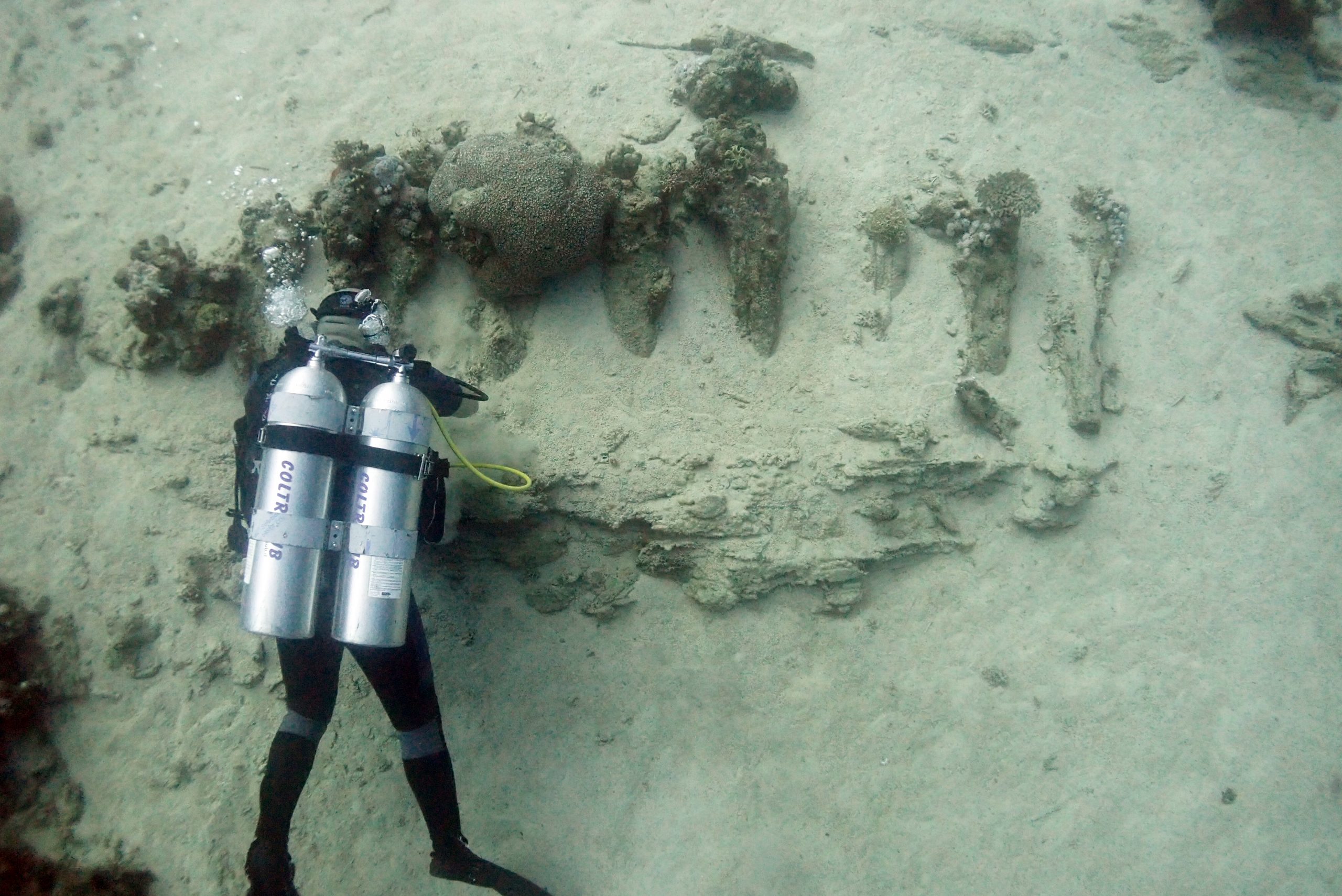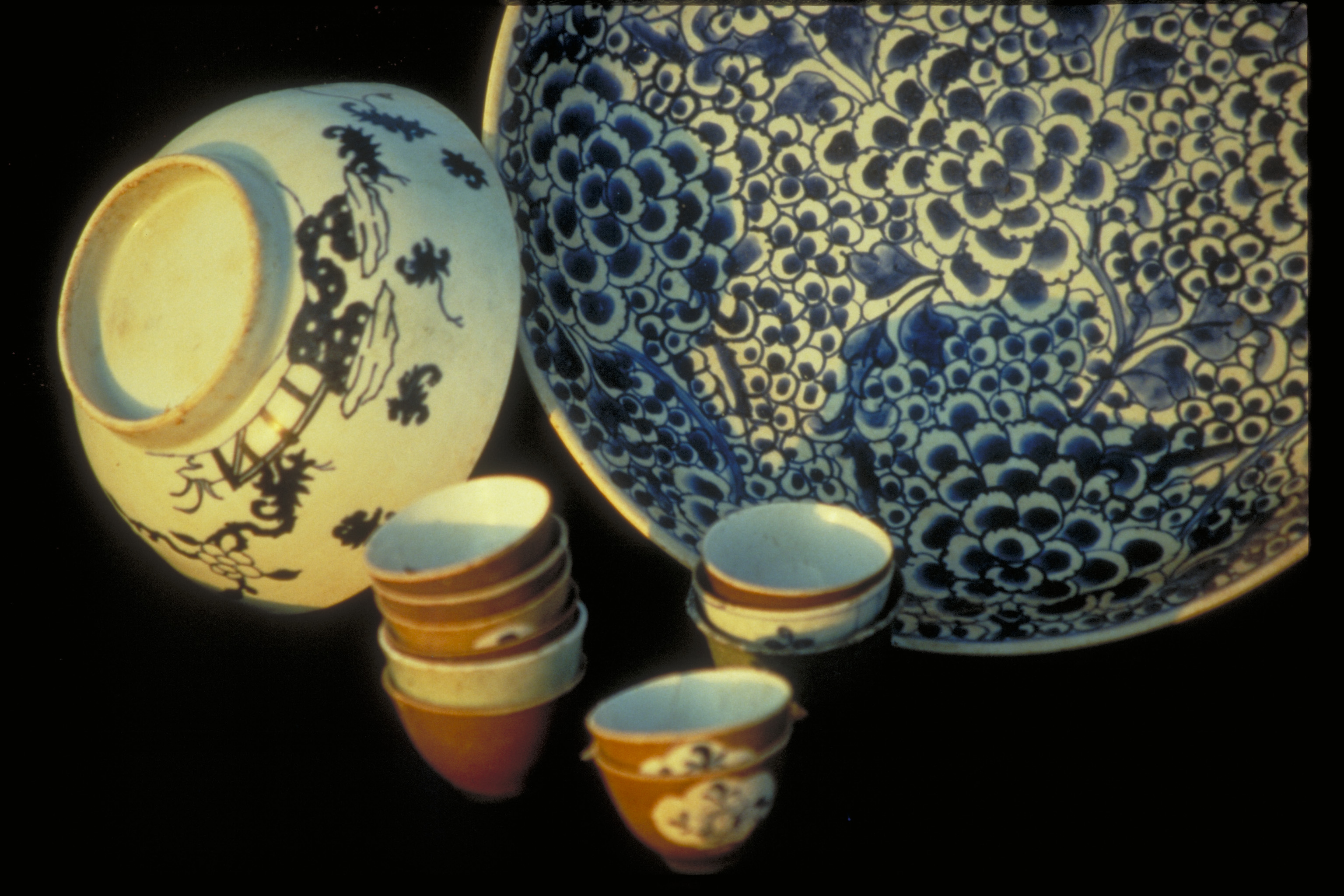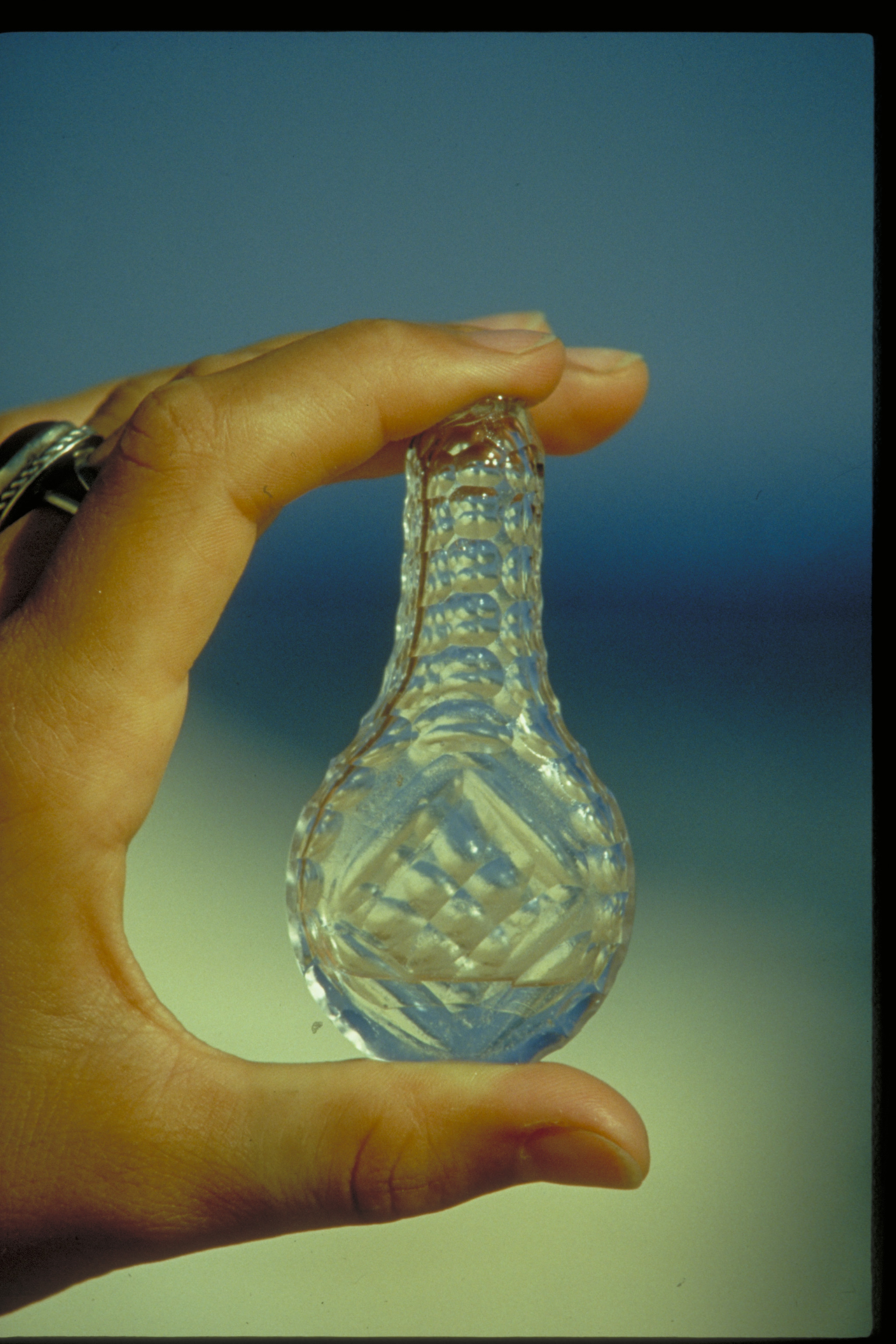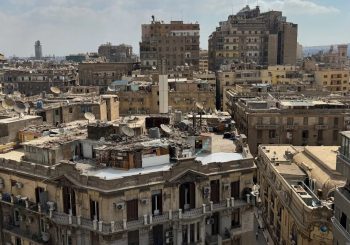
A slight breeze, thick with humidity, complements the shore; the Red Sea is patient and flat, corals grazing the water-top from under. Safaga – a coastal town on the Red sea – is silent, its mangroves rise and sway, and right under them is a world unto itself: a history rich with porcelain and promise, a meeting point of cultures.
The Saadana Islands shipwreck is an unnamed, unidentified beauty sitting 35 kilometers south of Hurghada, close to the sleepy Safaga. Perched on corals 30 meters underwater, it was first located and excavated by teams back in 1995, a process that lasted three years until its completion in 1998. A behemoth in size, the wreck measures 50 meters long and 18 meters wide, with an approximated cargo of up to 900 tonnes.

According to UNESCO’s Silk Roads Programme, the wreck was presumably sunk in the latter half of the 18th century, around 1760; at the time, economic traffic had overtaken the Red Sea—as the pseudo-Silk Road that connected Asia and Africa, and later Europe, the Red Sea became a vein of trade, and commerce.
Although the wreck inherits resemblance from many vessels of the 17th and 18th centuries, its origin remains largely unknown. Borrowing motifs from Arab, Chinese, Mediterranean, and European sailing vessels, the Saadana wreck produces an interesting set of questions without answering them. Scholars extrapolate that the ship must have been built either in Egypt or in India, though other cargo-based assumptions present differing possibilities.


The excavated cargo seemed “fashioned for the Middle East,” and included a collection of Chinese Qing Dynasty porcelain, large storage jars of clay, and green glass bottles. Though the vast majority of the cargo carried organic material and spices (bharat), including coffee, Indian spices (pepper, coriander, cardamom, and nutmeg), coconuts, hazelnuts, grapes, figs, olives, and remains of sheep, goats, birds, and fish. Such findings indicate that the vessel sank while traveling north from the Far East.


Upwards of 3,000 artifacts are now housed in the Alexandria Conservation Laboratory for Submerged Antiques, though it appears that plenty of items were stolen off the wreck prior to its excavation.
Still, the Saadana Islands wreck is evidence of not only a flourishing, tight commercial link between the East and the West but a marriage in shipbuilding traditions across the globe. It is a “unique example of cultural and economic exchange along the Maritime Silk Road,” and Egypt’s ports as essential to the trades and dialogues of the era.







Comments (4)
[…] […]
[…] More than a shipwreck: a look at 18th century trade on the island of Saadana […]